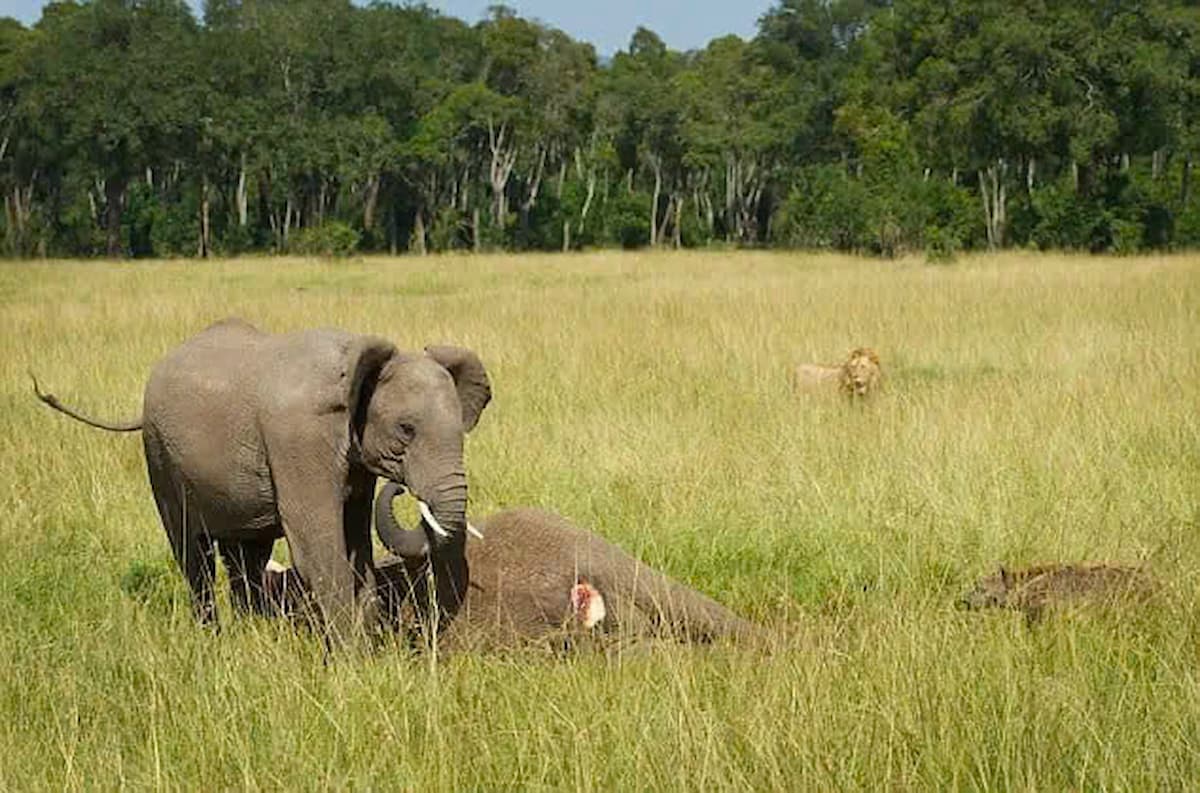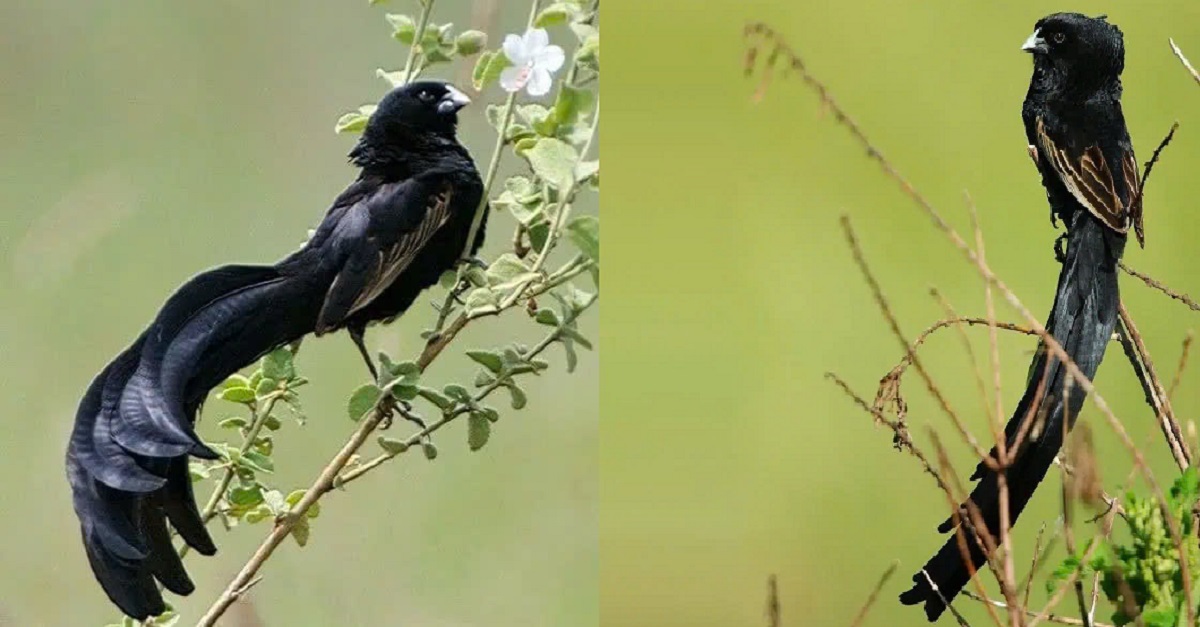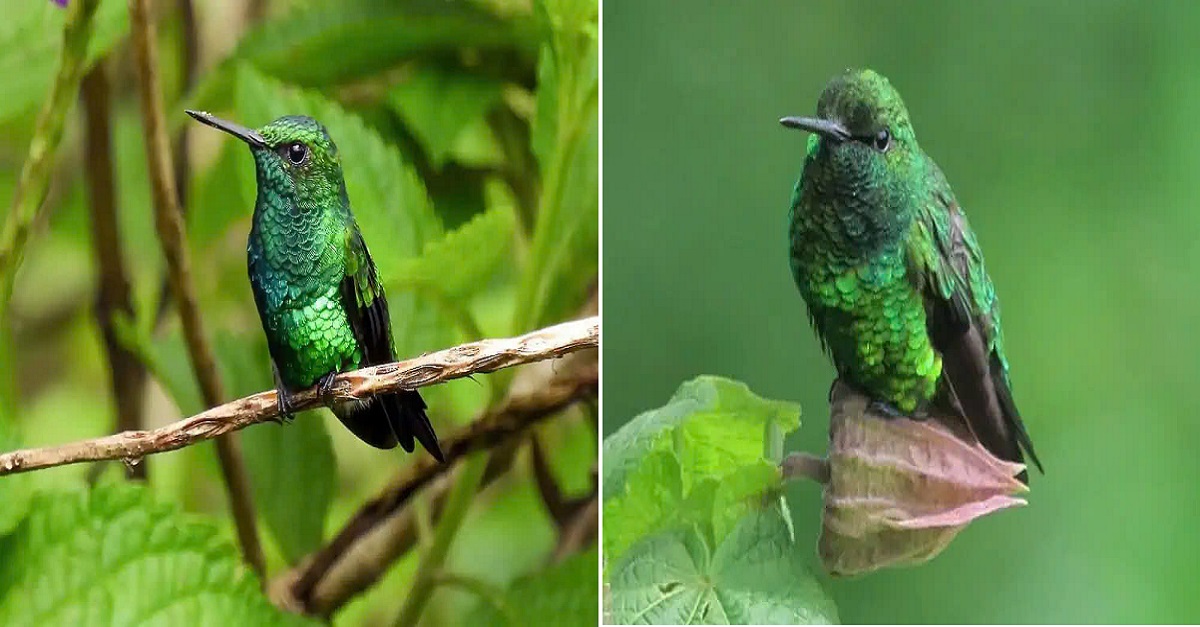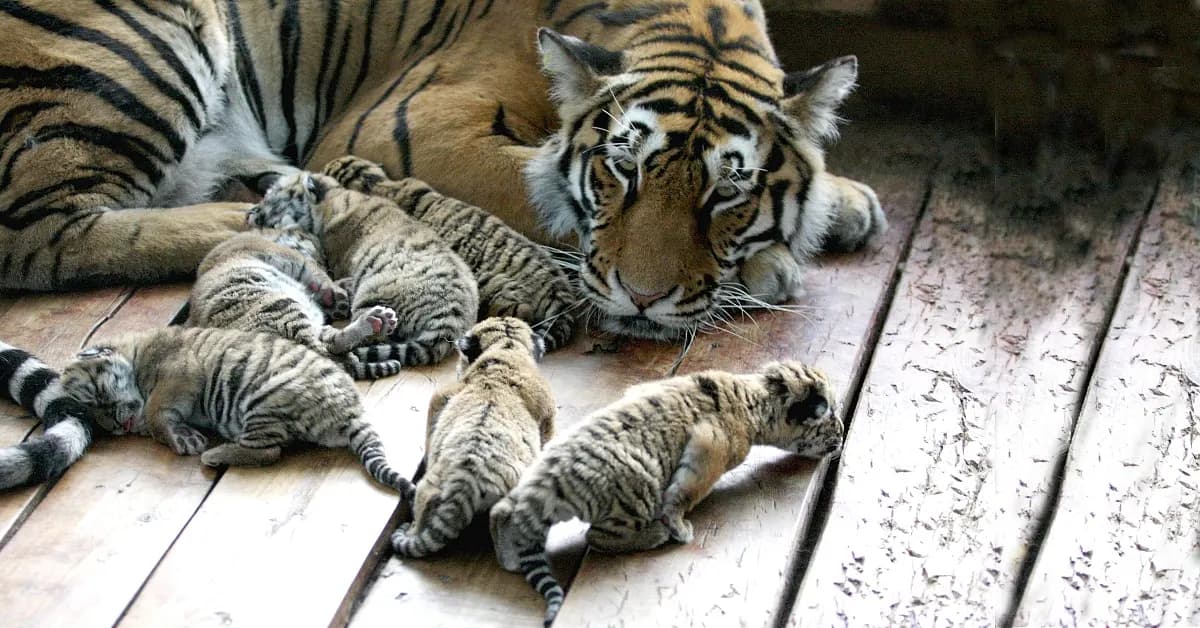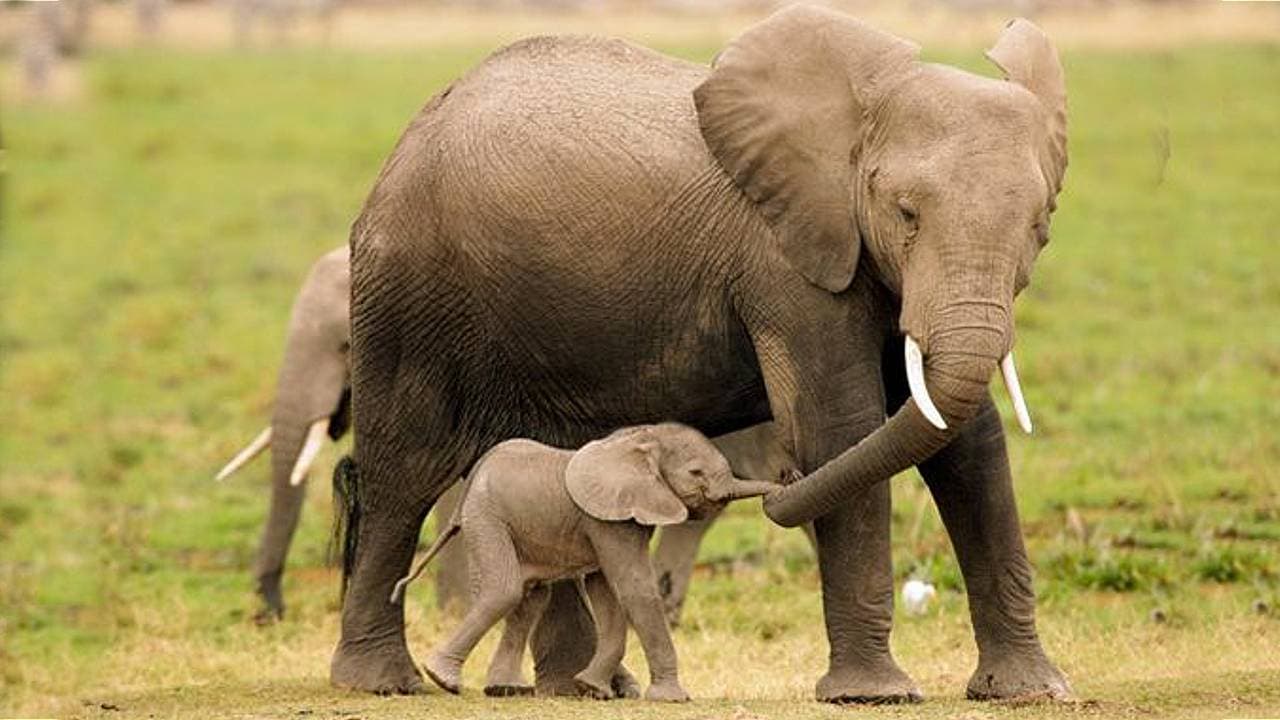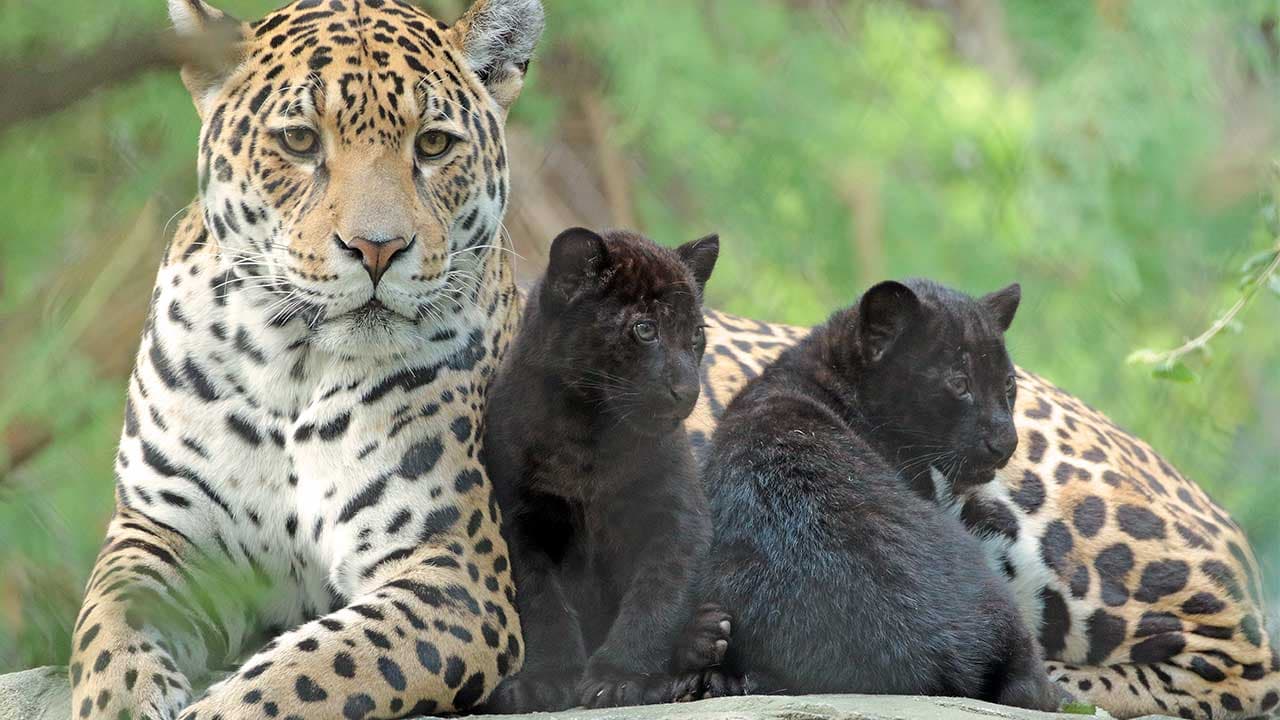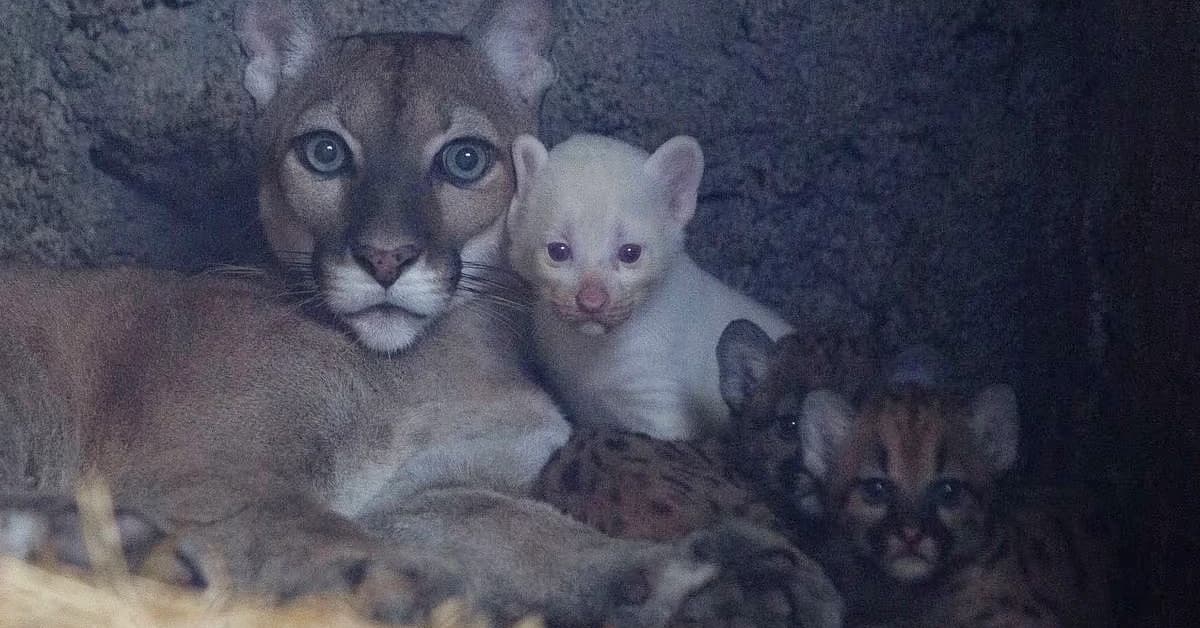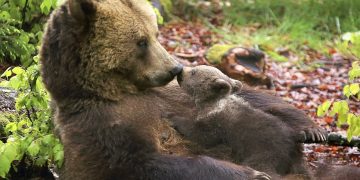The Helmeted Guineafowl, although widely domesticated in Europe, is primarily native to Africa, where it thrives in the wild. Despite not typically being considered a pet, this bird species has been highly regarded throughout history for its meat.
The bird’s initial appeal as a food source led it to Europe, and eventually to the Middle East and America, where it is now commonly raised for consumption rather than as game. Its historical significance and subsequent reintroduction to different parts of the world are a testament to its adaptability and importance as a source of nutrition.

If you are considering raising Helmeted Guineafowl, it’s important to know that they belong to the genus Numida, with several species distributed across Africa. The birds typically raised today belong to the species Numida meleagris. In ancient Rome, these birds, possibly originating from North Africa, became popular throughout the empire. However, with the decline of Rome, they largely disappeared from Europe until the Portuguese brought them back from their African colonies. From there, they made their way to the Americas, where they adapted well to the new environment.
These birds can sometimes crossbreed with other galliform species, resulting in unique but often sterile hybrids. Known hybrids include those between the Helmeted Guineafowl and domestic chickens, and rarer cases of crossbreeding with peafowls.
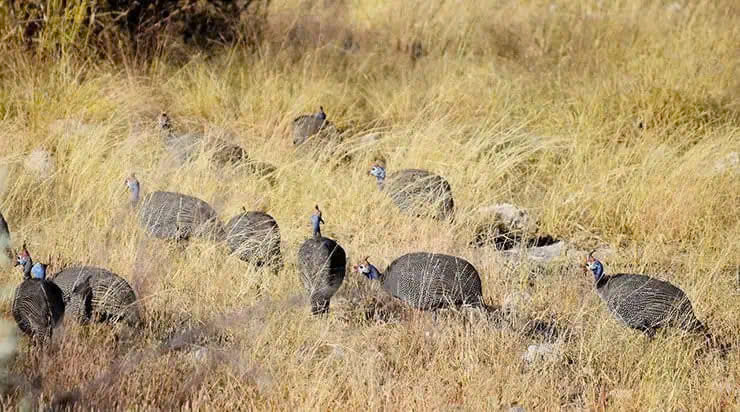
Scientific Classification:
- Species: Numida meleagris
- Weight: 1–2 kg
- Wingspan: 25–28 cm
- Lifespan: Up to 15 years
- Diet: Omnivorous—fruits, seeds, vegetables, insects, and small vertebrates
- Habitat: Varied, from forests and grasslands to semi-desert and dense brush areas
- Threats: Habitat loss, hunting, disturbances from human activity, and predation by cats and dogs
Physical Appearance: The plumage of the Helmeted Guineafowl is dark with light spots, resembling “pearls” or teardrops. According to Greek mythology, these spots represent the tears of the sisters of Meleager, transformed by the gods into guineafowls. Physically, the birds have bare heads with a red wattle and a distinctive comb, which gives them their name. The males can weigh up to 1.8 kg, while females are typically slightly larger, often exceeding 2 kg. In contrast, wild guineafowls rarely exceed 1.1 kg. The differences between the sexes are subtle, with females having larger breast muscles, while males have a more upright, rigid posture when walking.
Habitat and Adaptability: Helmeted Guineafowl are highly adaptable, thriving in a wide range of environments, from the African savannas to European farms. Their native habitat lies south of the Sahara Desert, where they favor warm, dry lands with sparse vegetation.
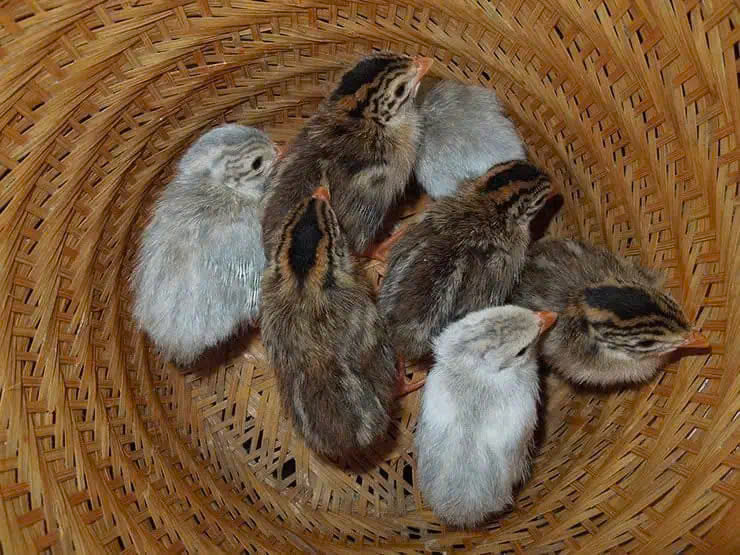
Although adaptable, they tend to be relatively sedentary, living in flocks and often roosting in trees to avoid predators. They forage together for food, seeking out tubers, berries, and insects, and their flocking behavior provides both food security and protection. They typically drink water at night, often in groups.
Diet and Social Behavior: The Helmeted Guineafowl is a non-migratory bird that lives in flocks, establishing territories and roosting together at night. They are usually seen in groups of 20-25 individuals, foraging for roots, berries, and insects. Their group gatherings not only help them find food but also provide safety in numbers. They mainly drink water at night, often in large groups.
Reproduction: Helmeted Guineafowl are monogamous, with lifelong pair bonds. They nest by digging shallow holes in the ground and filling them with natural materials to create a secure nest. The females lay 5-8 hard-shelled eggs, which are incubated for about 25 days while the males guard the nest.
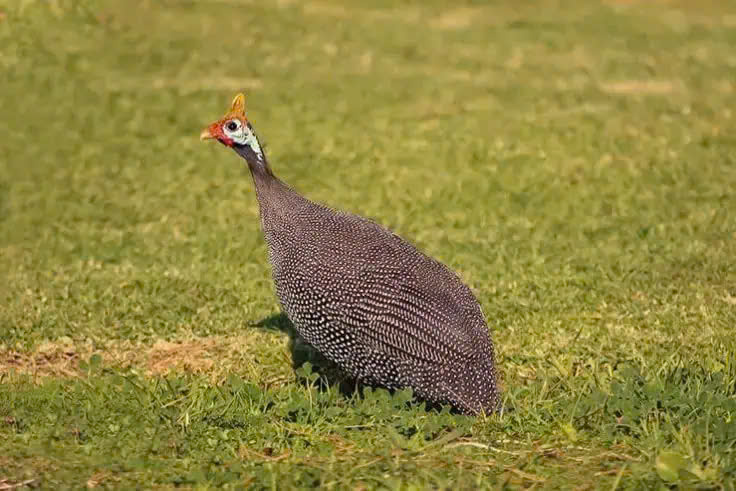
Both parents care for the chicks until they can live independently. In captivity, the birds require spacious enclosures, as they can become aggressive if kept too confined.
Conservation Status: With a population exceeding 1 million individuals, the Helmeted Guineafowl is currently listed as “Least Concern” on the IUCN Red List, indicating that their global population is stable.
However, their numbers may be affected by habitat loss, hunting, disturbances from human activities, and the predation by domestic animals such as cats and dogs. Therefore, conservation efforts remain essential to ensure the continued existence of this remarkable species.

